A step by step guide for Amla farming techniques, tips, and ideas
Today, we are discussing a topic of profitable Amla farming, cultivation practices of Indian gooseberry. If you have enough space, you can grow Amla at home as well, but not suggested to grow in pots permanently. However, Amla can be grown in pots for certain time until they attain 10 inches of height and it should be re-transplanted from pot to outdoors.
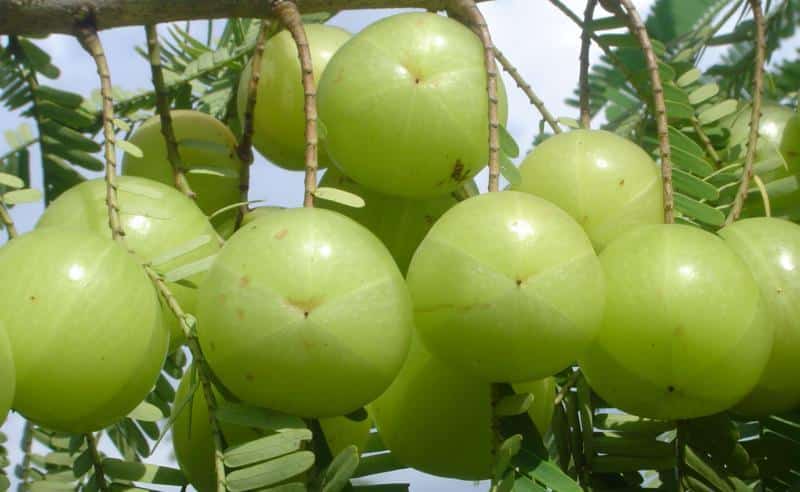
Introduction:
Embelica officinalis commonly known as Amla or Indian Gooseberry or Nelli is an important crop in India with high medicinal value. The fruits have the richest source of vitamin-C (700 mg per 100 g of fruits) and are considered to be a good liver tonic. The various preparations using Amla include chyavanprash, Triphala churna , Brahma Rasayana and Madumegha churna. The fruit is valued as an antiscorbutic, diuretic, laxative, antibiotic and anti-dysentric. Phyllemblin, obtained from fruit pulp has been found to have a mild depressant action on the central nervous system. It has a good demand from the industries for the preparation of various health care products also like hair oil, dye, shampoo, face creams, and tooth powder. In India, some people even make pickles with amla.
The climatic requirement for Amla plantation:
Amla is a tropical plant. Annual rainfall of 630-800 mm is ideal for its growth. The young plant up to the age of 3 years should be protected from hot wind during May-June and from frost during winter months. The mature plants can tolerate freezing temperature as well as a high temperature up to 46°C.
You may also check Poplar Tree Plantation, Spacing, Yield, Profit.
The soil requirement for Amla plantation
Light and medium heavy soils except purely sandy soil are ideal for amla cultivation. The tree is well adapted to dry regions and can also be grown in moderate alkaline soils.
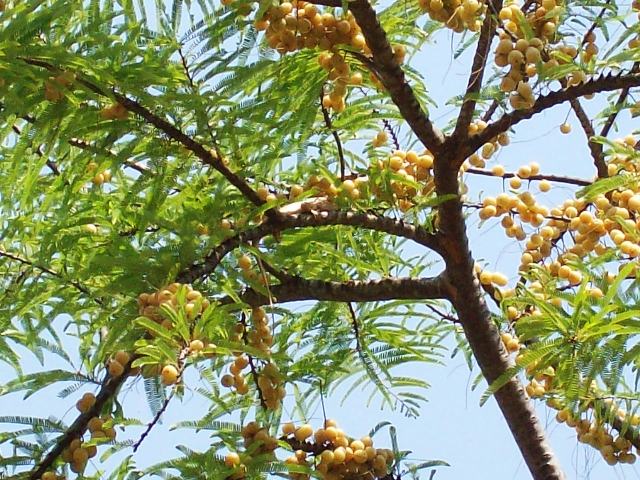
Amla varieties:
The varieties recommended for cultivation are Banarasi, Chakaiya, Francis, NA-4 (Krishna) NA 5 (Kanchan), NA-6, NA-7, NA-10, and BSR-1 (Bhavanisagar).
Amla Planting material and Inputs:
15 kg well-decomposed farmyard manure (FYM) and 0.5 kg phosphorus should be applied to each pit before planting. Application of 30 grams of Nitrogen each year during September – October up to 10 years for each tree is recommended. See the below chart for nutrients requirement for Amla cultivation.
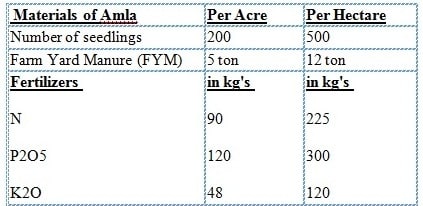
Propagation in Amla Farming:
Amla is generally propagated by shield budding. Budding is done on one-year-old seedlings with buds collected from best varieties yielding big sized fruits. Older trees or poor yielders can be changed into superior types by top working.
Planting Procedure of Amla:
The pits of 1 m3 are to be dug during May-June at a distance of 4.5 meters x 4.5 meters spacing and should be left for 15-20 days exposing to sunlight. Each pit should be filled with surface soil mixed with 15 kg farmyard manure and 0.5 kg of phosphorus before planting the budded seedling.
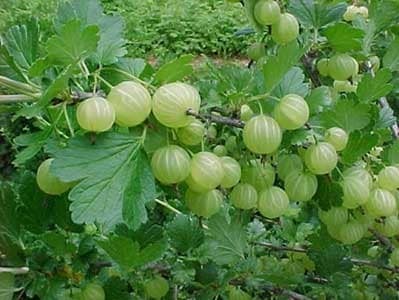
Water requirement of Amla plants:
Young plants require watering during summer months at 15 days interval till they are fully established. Watering of bearing plants is advised during summer months at the bi-weekly interval. After the monsoon rains, during October – December about 25-30 liters of water per day per tree through drip irrigation should be given. Drip Irrigation is the best way of watering amla plants.
You may be interested to check the Amla Cultivation Project Report.
Training and pruning of Amla plants:
Leaving only 4-5 well-shaped branches with a wide angle at about 0.75 m from the ground level, other dead, diseased, week crisscrossing branches and suckers should be pruned off at the end of December.
Mulching Benefits in Amla production:
During summer, the crop should be mulched with paddy straw or wheat straw at the base of the tree up to 15-20 cm from the trunk.
Intercultivation of Amla orchard:
Intercrops like green gram, black gram, cowpea and horse gram can be grown up to 8 years in amla farming.
Pests and Diseases of Amla:
Major insect in amla farming is: Bark Eating Caterpillar and major disease are Rust.
Control measures:
- Injection of Endosulphon 0.05% or Monocrotophos 0.03% in holes and plugging with mud is effective in protecting the tree against bark eating a caterpillar.
- Spraying of Indofil M-45 @ 0.3% twice first in early September and second 15 days after first application controls the spread of rust.
Harvesting of Amla:
Amla plants start bearing after about 4-5 years of planting. The fruits are harvested during February when they become dull greenish yellow from light green. The mature fruits are hard and they do not fall at gentle touch and therefore vigorous shaking is required. Fruits can also be harvested using long bamboo poles attached with hooks.
The yield of Amla:
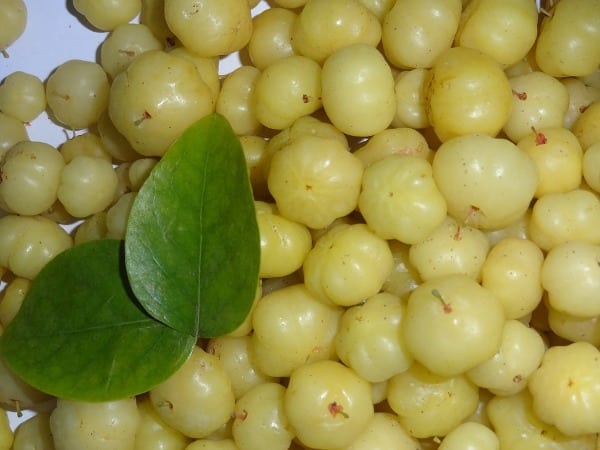
A mature tree of 10 years old will yield 50-70 kg of fruit. The average weight of the fruit is 60-70 grams and 1 kg contains about 15-20 fruits. A well-maintained tree yields up to an age of 70 years.
Marketing of Amla:
As it has medicinal value, this fruit has great demand in the Indian market as well as in the International market. Fruits can be transported to local markets or any herbal companies.
Bottom Line of growing Amla:
Thriving in dry conditions, having a long period of life, low investment, minimum care, and its medicinal value make Amla Farming a very profitable business.
You may be interested in reading Growing Garden Sorrel at Home.
I have planted amla tree at my house before 5 years,it is 20 feets in height now but fruiting is not there..My question is that how long it takes for fruiting ,as my tree is of seed cultivated..
did you find the answer… I have a same problem….
seed cultivated 10 years. Grafted 5 years.
Normally it will take 8 to 10 years
I have a one Amla plant in my house garden. Plant life will be about 9 years. Fruiting of amla is in very small quantities. So please guide me that what is to be done for taking full quantity of amla fruits.
Thanking you.
Gurcharan Singh Rupal.
VPO Manuke Tehsil Jagraon
Dist Ludhiana Punjab India.
Thanks for your article provided a lot of information. I like your post, keep going to bring good things to life. They are extremely beautiful.